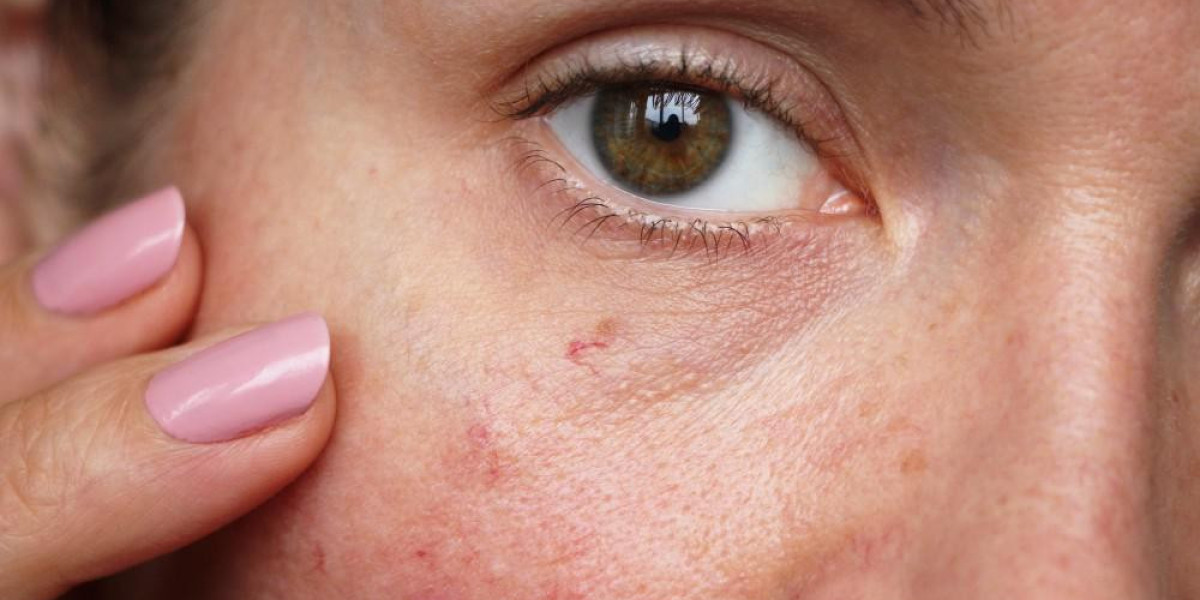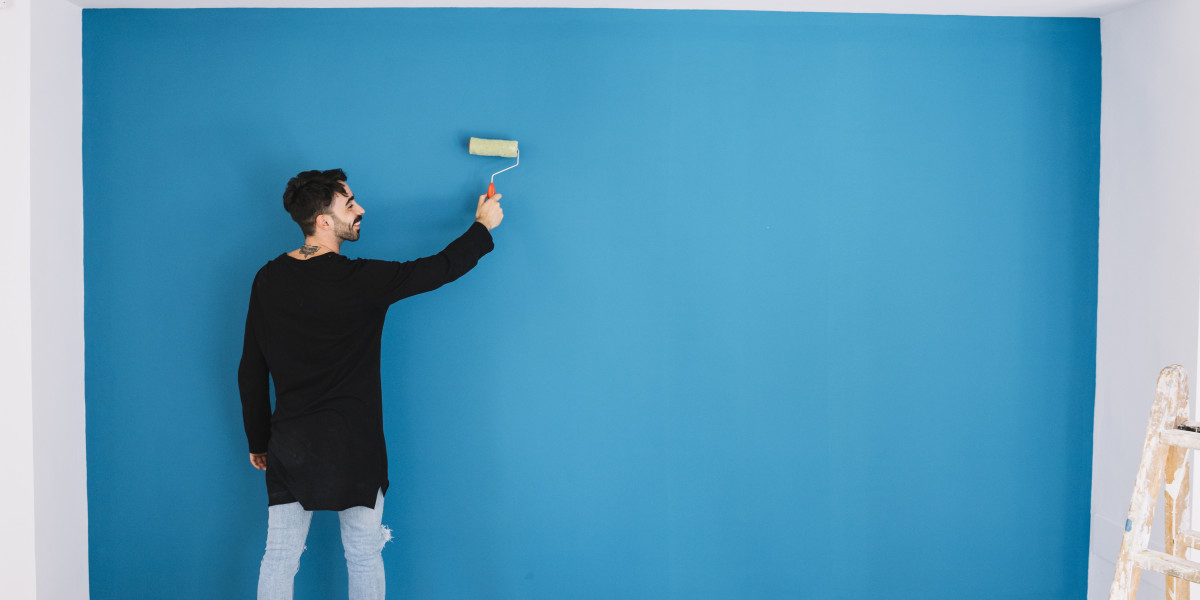In this comprehensive guide, we will explore various aspects of vein treatment, covering everything from causes and symptoms of vein issues to advanced treatment options. Our goal is to provide you with valuable insights and information to help you achieve optimal leg health.
Understanding Vein Issues
What Causes Vein Problems?
Vein issues can be caused by a variety of factors, with genetics, lifestyle, and age playing significant roles. It's essential to understand the primary causes to prevent and address vein problems effectively.
Genetics: If you have a family history of vein issues, you may be more predisposed to developing them. Genetic factors can influence the strength and health of your veins.
Lifestyle Factors: Sedentary lifestyles, obesity, and prolonged periods of standing or sitting can all contribute to vein issues. Maintaining an active lifestyle and healthy weight can help prevent these problems.
Age: As we age, the elasticity of our veins decreases, making them more prone to issues. It's crucial to be aware of the potential changes that can occur with age and take preventive measures.
Symptoms of Vein Issues
Recognizing the symptoms of vein issues is the first step towards effective treatment. Here are some common signs to watch out for:
Varicose Veins: These are swollen, twisted veins that often appear on the legs and can be painful.
Spider Veins: Smaller than varicose veins, these are red, blue, or purple veins that appear close to the skin's surface.
Leg Swelling: Vein issues can lead to leg swelling, particularly after prolonged periods of sitting or standing.
Leg Pain: Many individuals with vein issues experience aching or cramping in their legs.
The Importance of Early Treatment
It's essential to address vein issues as soon as possible. Neglecting them can lead to more severe problems and complications. Early treatment can prevent the progression of the condition and improve your overall leg health.
Non-Invasive Treatments
Compression Stockings: These stockings can help improve blood flow and reduce swelling. They are an excellent option for early-stage vein issues.
Lifestyle Changes: Adopting a healthier lifestyle, including regular exercise and a balanced diet, can significantly improve vein health.
Advanced Treatment Options
For more advanced vein issues, there are several effective treatments available. These procedures are minimally invasive and provide lasting relief.
Endovenous Laser Ablation (EVLA): EVLA is a cutting-edge procedure that uses laser technology to treat varicose veins. It's minimally invasive and highly effective.
Radiofrequency Ablation (RFA): RFA is another minimally invasive treatment that uses radiofrequency energy to close off damaged veins.
Sclerotherapy: This procedure involves injecting a solution directly into the affected veins, causing them to collapse and gradually fade away.
VenaSeal: VenaSeal is a medical adhesive that seals damaged veins. It's a quick and efficient way to treat vein problems.
Maintaining Healthy Legs
Preventing vein issues is just as important as treating them. Here are some tips to help you maintain healthy legs:
Regular Exercise
Engaging in regular physical activity helps improve blood circulation and strengthens the veins. Activities like walking, swimming, and cycling are excellent choices.
Healthy Diet
A diet rich in fiber, antioxidants, and anti-inflammatory foods can promote overall vascular health. Make sure to include plenty of fruits and vegetables in your meals.
Avoid Prolonged Sitting or Standing
If your job requires prolonged periods of sitting or standing, take breaks to stretch and move around. This can prevent blood from pooling in your legs.
Elevate Your Legs
When resting or sleeping, elevate your legs to encourage proper blood flow. This can help reduce leg swelling and discomfort.
Seeking Professional Help
If you are experiencing vein issues, it's crucial to consult with a qualified healthcare professional. They can assess your condition and recommend the most suitable treatment options.
In conclusion
vein treatment is a critical aspect of maintaining healthy and beautiful legs. By understanding the causes, symptoms, and treatment options, you can take proactive steps towards better leg health. Remember, early treatment and preventive measures are key to keeping your legs in top condition.









